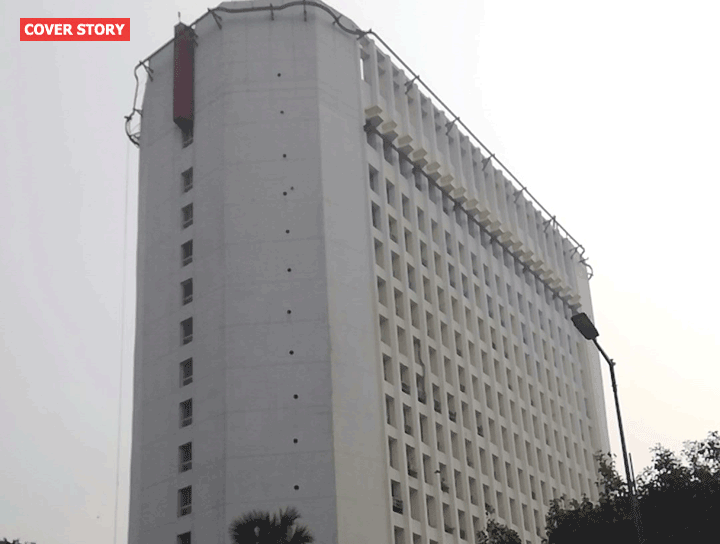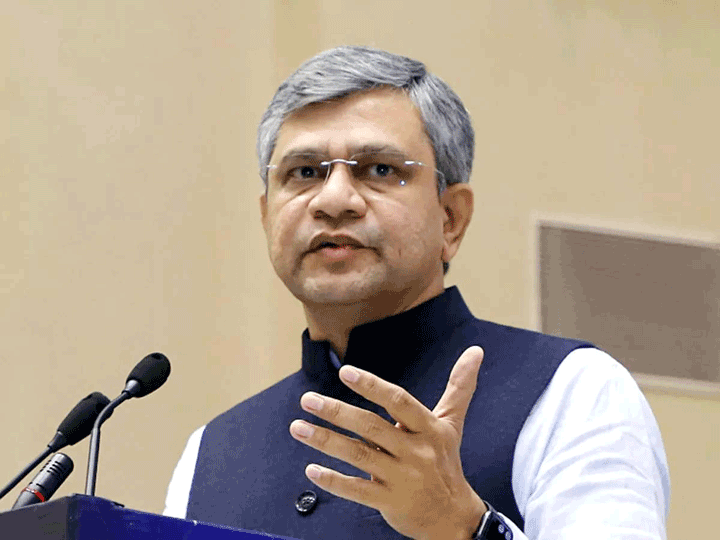Samsung profit slumps 60% in Q1, lowest since third quarter of 2016
The world’s biggest smartphone and memory chip maker Samsung Electronics warned Friday of a more than 60 per cent plunge in first-quarter operating profits in the face of weakening markets.
Operating profits for January to March would be “approximately 6.2 trillion won”, the firm said in a statement, down 60.4 per cent on-year.
Sales were about 52 trillion won, it said, marking a 14 per cent drop.
The firm is the flagship subsidiary of the giant Samsung Group, by far the biggest of the family-controlled conglomerates that dominate business in the world’s 11th-largest economy, and it is crucial to South Korea’s economic health.
It has enjoyed record profits in recent years despite a series of setbacks, including a humiliating recall and the jailing of its de facto chief.
But now the picture has changed, with chip prices falling as global supply increases and demand weakens.
Samsung Electronics warned investors last week to expect weak operating profits, citing “unfavourable market conditions” for displays and memory chips.
“Amid weak demand for memory business, a drop in price for signature products is expected,” it said then.
“The company will seek to improve cost competitiveness through effective resource management,” it added, “while enhancing product quality in the short term”.
Samsung on Friday launched the 5G version of its top-end Galaxy S10 smartphone, after South Korea this week won the global race to commercially launch the world’s first nationwide 5G networks.
But the company has to contend with increasingly tough competition in the smartphone market from Chinese rivals such as Huawei — which in 2017 surpassed Apple to take second place — offering quality devices at lower prices.
Samsung supplies components to other manufacturers such as Apple as well as making its own devices.
But market prices for liquid crystal displays have fallen 10 per cent quarter-on-quarter, said Sanjeev Rana, an analyst at investment firm CLSA, while demand for smartphones in China — the world’s biggest market — has been weak.
Prices for NAND memory — used in smartphones and other devices — fell 20 per cent in the first quarter, according to market tracker DRAMeXchange, which pointed the finger at consumers taking longer to replace their smartphones, and lower-than-expected sales for Apple’s new devices.
DRAM chips, used in computer servers, fell by similar levels, it added.
Samsung’s earnings estimate was below analyst forecasts of 6.9 trillion won, according to Bloomberg News.
It would represent the firm’s lowest operating profit since the third quarter of 2016, and comes after it reported its first fall in quarterly profit for two years in January.
Samsung shares were down 0.4 per cent in morning trade.
Markets have been buoyed in recent weeks by optimism over China-US trade talks and positive Chinese factory data.
South Korean semiconductor exports also rose for the first time in six months in March, according to government figures.
Samsung is also set to release the world’s first bendable smartphone, the Galaxy Fold.
CLSA’s Rana predicted a “slight” rebound in the April to June period, saying: “This quarter is the bottom in terms of earnings.” Samsung Electronics once had a 20 per cent market share of China’s smartphone market but has seen that tumble to less than one per cent.
Its reputation suffered a major blow after a damaging worldwide recall of its Galaxy Note 7 devices over exploding batteries in 2016, which cost the firm billions of dollars and shattered its global brand image.
It also took another hit after the bribery conviction of Lee Jae-yong — the son and heir of the group’s ailing current chairman Lee Kun-hee.
The 50-year-old scion was a key figure in the scandal that ousted former South Korean president Park Geun-hye following nationwide street protests, and was sentenced to five years in jail.
But he was released in February last year after several of his convictions were quashed on appeal.
Samsung withholds net profit and sector-by-sector business performance data until it releases its final earnings report, which is expected later this month.











